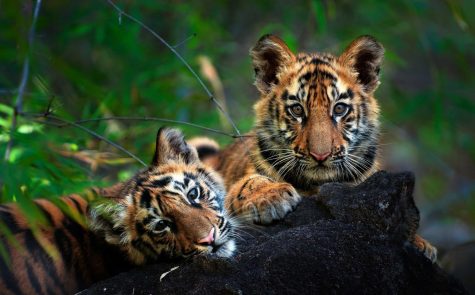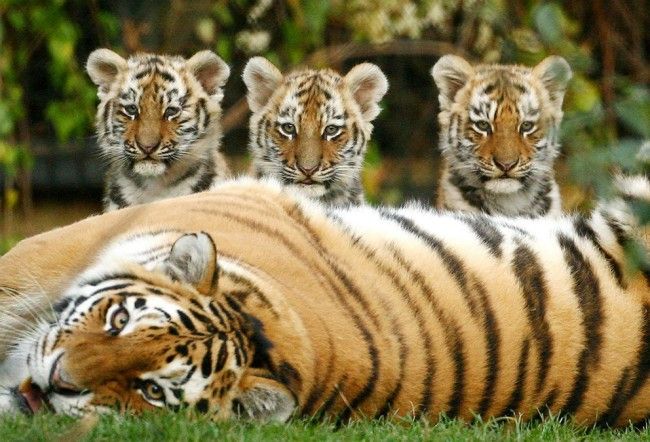Endangered Animals Need Protection
October 23, 2019
An endangered species is an animal or plant that’s considered at risk of extinction. The majority of extinctions are caused by natural conditions, but recently, the increase in animal endangerment is caused by humans. Our environment cannot sustain the growing pressure humans have put on this planet, and it’s beginning to show in wildlife. More than 105,700 species are on the IUCN (International Union for Conservation of Nature) Red List of Threatened Species, with more than 28,000 species at risk of extinction.
The effects of humans over-using natural resources, plus a rapidly growing population, are creating threats that are disturbing ecosystems all over the world. These threats include: pollution, hunting, introducing invasive species into the environment, and climate change. This results in habitat loss, and causing a large amount of species to be listed as endangered or worse, extinct. Two of the many affected species are tigers and rhinos.
Tigers contain nine different subspecies; unfortunately, three are declared extinct and the rest are listed as endangered. The remaining six subspecies of tigers are being threatened by habitat loss, illegal hunting, and food scarcity. The main threat leading to a rapid decline in tiger population is poaching (illegal hunting). This is due to an Asian tradition using their bones, skin, and meat for medicinal reasons. This affects both mature tigers and tiger cubs. Mother tigers are often killed, leaving the cubs unprotected and without skill to hunt on their own. As compared to the 100,000 tigers in 1990, we are now left with an estimated amount of 3,890 tigers left in the wild and 5,000 in captivity.

Another example of a species rapidly depleting are the rhinos. Rhinos have five subspecies left in which all are endangered. This growing target is being fueled by an Asian belief stating that their horns cure many illnesses and disorders. Because of this, the West African black rhino was declared extinct in 2011 due to poaching and habitat loss. In 2018, the last male northern white rhino passed away leaving only two female rhinos being the last of their subspecies. Hoping to raise the number, scientists spent five years trying to successfully fertilize northern white rhino embryos and did so this past month, which will be transferred to a surrogate. Even with this news, scientists fear that the rhinos will become extinct even after living on this earth for 50 million years.

There are many ways to prevent the risk of extinction for many species, which are easily adaptable into your everyday life. These include recycling, reducing water usage, and avoiding plastic. You can also reduce your personal footprint (the impact you have on the environment) by driving less and walking more, reducing the amount of electricity you use, and reducing waste . By lowering our impact and amount of consumption, we can all make an extreme difference for the environment we and other species inhabit.



